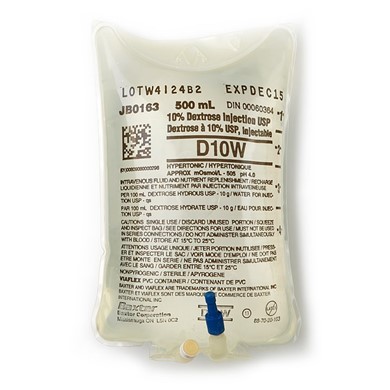A nurse is teaching a newly licensed nurse about caring for clients in the emergency department.
Which of the following actions should the nurse include when teaching about interacting with a client who is aggravated, pacing, and speaking loudly?
Engage the panic alarm
Use a face shield with a mask when providing care to the client.
Tell the client, “You seem to be very upset.”
Initiate seclusion protocol.
The Correct Answer is C
Tell the client, “You seem to be very upset.”.
This is an example of a therapeutic communication technique that validates the client’s feelings and encourages them to express their emotions verbally rather than physically. It also shows empathy and respect for the client’s perspective.
Choice A is wrong because engaging the panic alarm is not the first action to take when interacting with an agitated client.
The nurse should first try to calm the client down by using verbal and nonverbal communication skills, such as maintaining eye contact, speaking in a calm and clear voice, and avoiding sudden movements or gestures.
Engaging the panic alarm should be done only if the client becomes violent or poses a threat to themselves or others.
Choice B is wrong because using a face shield with a mask when providing care to the client is not relevant to the situation.
This is a personal protective equipment (PPE) that is used to prevent exposure to infectious agents or body fluids, not to manage agitation.
Using a face shield with a mask may also increase the client’s anxiety or paranoia, as they may perceive it as a sign of hostility or fear.
Choice D is wrong because initiating seclusion protocol is not appropriate for a client who is agitated, pacing, and speaking loudly.
Seclusion is a restrictive intervention that involves isolating the client in a locked room to prevent harm to themselves or others.
It should be used only as a last resort when less restrictive measures have failed or are contraindicated, and only with a provider’s order and close monitoring.
Secluding an agitated client may escalate their behavior and violate their rights.
Normal ranges for agitation are not applicable, as agitation is not a quantifiable parameter.
However, some tools that can be used to assess agitation include the Richmond AgitationSedation Scale (RASS), which ranges from -5 (unarousable) to +4 (combative), and the Agitated Behavior Scale (ABS), which ranges from 14 (no agitation) to 56 (severe agitation).
Nursing Test Bank
Naxlex Comprehensive Predictor Exams
Related Questions
Correct Answer is D
Explanation
A. BP 150/92 mm Hg:
- This blood pressure reading is elevated and not a therapeutic effect of magnesium sulfate. In the context of preeclampsia, the goal is usually to lower blood pressure to prevent complications.
B. Pulse rate 100/min:
- The pulse rate of 100/min is not a specific therapeutic effect of magnesium sulfate. However, magnesium sulfate may cause a decrease in heart rate, so monitoring for bradycardia would be important.
C. Flushed face:
- A flushed face is not a specific therapeutic effect of magnesium sulfate. Facial flushing may be associated with other factors, but it is not a primary consideration when monitoring the effectiveness of magnesium sulfate in the context of preeclampsia.
D. Negative clonus:
- Negative clonus is the correct therapeutic effect to monitor. Clonus refers to a series of involuntary, rhythmic, and repetitive muscle contractions and relaxations. In the context of magnesium sulfate administration for preeclampsia, negative clonus (the absence of abnormal reflexes) is a sign that the magnesium levels are within the therapeutic range, helping to prevent seizures.
Correct Answer is D
Explanation

This is because abruptly stopping TPN can cause hypoglycemia, which is a low blood sugar level that can cause shakiness, diaphoresis, confusion, and seizures. Therefore, infusing dextrose 10% in water temporarily at the same rate as the TPN can prevent this adverse effect. Dextrose 10% in water is a hypertonic solution that contains 340 calories per liter and can maintain the client’s blood glucose level until the new TPN bag arrives.
Choice A is wrong because giving 500 mL of lactated Ringer’s solution would not provide enough calories or glucose to prevent hypoglycemia. Lactated Ringer’s solution is an isotonic solution that contains electrolytes but no calories or glucose.
Choice B is wrong because temporarily discontinuing the infusion would cause hypoglycemia, which can be life-threatening for the client.
Choice C is wrong because slowing the TPN infusion rate would also cause hypoglycemia, as the client would receive less calories and glucose than prescribed.
Whether you are a student looking to ace your exams or a practicing nurse seeking to enhance your expertise , our nursing education contents will empower you with the confidence and competence to make a difference in the lives of patients and become a respected leader in the healthcare field.
Visit Naxlex, invest in your future and unlock endless possibilities with our unparalleled nursing education contents today
Report Wrong Answer on the Current Question
Do you disagree with the answer? If yes, what is your expected answer? Explain.
Kindly be descriptive with the issue you are facing.
